INTERVIEW
Illustration and sustainability
Tom Hubmann talks about his research practice between illustration and environmentalism
Cover image: 'Cyanotribes' by Tom Hubmann
Date published: 02/05/2025
Interviewer: Ksenia Kopalova
Tom Hubmann is an illustrator, visual artist and academic based in Cornwall (UK). He divides his time between commercial work, personal projects, teaching and research. As a researcher, Tom is interested in how the visual arts can be actively used to mitigate the impact of climate change. In the interview, Tom talks about his recent research projects and the impact that illustration can have.

INTERVIEW

— Could you tell a bit more about your work for the Dark Economies conference: how did you approach the conventions of scientific illustration here, and are there parts of the work that are deliberately speculative?
— ‘Cyanotribes’ is originally a piece of visual research created for a group show a couple of years ago. It formed part of the Dark Economies research conference around the theme ‘Haunted Landscapes: Nature, Super-Nature, and Global Environments’. I read a lot of sci-fi and speculative fiction, and I’m very interested in environmental issues, approaching these through illustration practice. This conference provided a good opportunity for me to explore those two worlds and see what could come up. I think all illustrators love worldbuilding, and I was thinking about doing it in a meaningful way, incorporating environmental themes.
There’s an amazing author, Kim Stanley Robinson, who writes in the subgenre of "cli-fi," or climate fiction (although he likes to use the wider or looser term ‘sci-fi’). He uses speculative writing as a modelling tool and takes a deep dive into research, into all aspects of society and humanity. That’s one of the key differences between science fiction and speculative fiction. Speculative fiction seems to aim for more accuracy. I think Margaret Atwood defines it as writing about things that could actually happen—rather than, say, aliens invading. Although time may tell on that one! So it’s informed with more solid research.
Robinson does a lot of that—he looks into politics, economics, science and so on and pulls those elements together to create tangible real-world scenarios.
When we’re trying to imagine what a future world might look like, it creates a really good opportunity to confront audiences with plausible scenarios. This strategy is a powerful means of problem solving as it places us bang smack in the middle, allowing us to respond and react in a much more informed manner.
That’s what I wanted to do with the Cyanotribes project to explore a post anthropocentric world. Honestly, at first, it was just because I was personally interested—what would a world without humans look like? But through the research—geological, ecological, biological and philosophical and looking into transdisciplinary methodologies—I started building a more plausible timeline. Full disclosure: I didn’t get it right that first time! But it was the first roll of the dice. Since then, the project has evolved through several iterations and I’m starting to collaborate with academics from other disciplines.
There’s an amazing author, Kim Stanley Robinson, who writes in the subgenre of "cli-fi," or climate fiction (although he likes to use the wider or looser term ‘sci-fi’). He uses speculative writing as a modelling tool and takes a deep dive into research, into all aspects of society and humanity. That’s one of the key differences between science fiction and speculative fiction. Speculative fiction seems to aim for more accuracy. I think Margaret Atwood defines it as writing about things that could actually happen—rather than, say, aliens invading. Although time may tell on that one! So it’s informed with more solid research.
Robinson does a lot of that—he looks into politics, economics, science and so on and pulls those elements together to create tangible real-world scenarios.
When we’re trying to imagine what a future world might look like, it creates a really good opportunity to confront audiences with plausible scenarios. This strategy is a powerful means of problem solving as it places us bang smack in the middle, allowing us to respond and react in a much more informed manner.
That’s what I wanted to do with the Cyanotribes project to explore a post anthropocentric world. Honestly, at first, it was just because I was personally interested—what would a world without humans look like? But through the research—geological, ecological, biological and philosophical and looking into transdisciplinary methodologies—I started building a more plausible timeline. Full disclosure: I didn’t get it right that first time! But it was the first roll of the dice. Since then, the project has evolved through several iterations and I’m starting to collaborate with academics from other disciplines.

Tom Hubmann, 'Cyanotribes'

One of the things I discovered in my research is that there aren’t many narratives that deal with posthuman temporalities, without still centering on humans. There’s posthuman and transhumanist research, which explores what humans might look like in the future, especially when combined with technology including AI and biotech. But I started to think—if we had a complete ecological breakdown, it’s not that unrealistic to imagine a world in which humans might no longer inhabit the planet at all. And then the question becomes: what does that mean? How does that make you feel?
I really wanted the audience to engage with those questions. To draw them in and ‘seduce’ them through the visuals, build a world they could get immersed in, and then get them thinking—wait, if there are no more humans in this world to come, how does this make me feel? Maybe that would lead to people living their lives slightly differently.
Given that there are so few narratives out there tackling this kind of perspective, it led me into exploring philosophy and existentialism more deeply. We’ve always asked the question, “What does it mean to be human?”—but usually in a very inward-looking way. Lately, with all the environmental crises, philosophers have started reframing that question. What is the relevance of humanity? What does it mean to be human—on the scale of the entire species? That really fed into the project. I presented a paper on this at a conference called ‘Death, Design, and Culture’, in which I tried to look at the issue with acknowledgement of a post anthropocentric temporality.
There’s growing interest in this area, especially from philosophers like Thomas Moynihan, who studies how humans have historically understood and envisaged mass extinction but most of the examples and case studies are not underpinned by solid research. They tend to be informed by religion, mysticism and so on or are just wildly speculative i.e. not underpinned with any concrete research or fact.
I once discussed this with my father-in-law, who has a PhD in philosophy. He argued that a future without humans is meaningless, because meaning itself is something humans create: without us, there’s no one left to assign value or purpose.
I didn’t really feel the same way. I think it actually prompts us to ask some very profound questions. But his point was that because humans are the ones who attach meaning to things, we’re essentially the vessels of meaning. So if there are no humans, then there’s no one left to interpret or assign meaning, and therefore everything becomes meaningless.
I really wanted the audience to engage with those questions. To draw them in and ‘seduce’ them through the visuals, build a world they could get immersed in, and then get them thinking—wait, if there are no more humans in this world to come, how does this make me feel? Maybe that would lead to people living their lives slightly differently.
Given that there are so few narratives out there tackling this kind of perspective, it led me into exploring philosophy and existentialism more deeply. We’ve always asked the question, “What does it mean to be human?”—but usually in a very inward-looking way. Lately, with all the environmental crises, philosophers have started reframing that question. What is the relevance of humanity? What does it mean to be human—on the scale of the entire species? That really fed into the project. I presented a paper on this at a conference called ‘Death, Design, and Culture’, in which I tried to look at the issue with acknowledgement of a post anthropocentric temporality.
There’s growing interest in this area, especially from philosophers like Thomas Moynihan, who studies how humans have historically understood and envisaged mass extinction but most of the examples and case studies are not underpinned by solid research. They tend to be informed by religion, mysticism and so on or are just wildly speculative i.e. not underpinned with any concrete research or fact.
I once discussed this with my father-in-law, who has a PhD in philosophy. He argued that a future without humans is meaningless, because meaning itself is something humans create: without us, there’s no one left to assign value or purpose.
I didn’t really feel the same way. I think it actually prompts us to ask some very profound questions. But his point was that because humans are the ones who attach meaning to things, we’re essentially the vessels of meaning. So if there are no humans, then there’s no one left to interpret or assign meaning, and therefore everything becomes meaningless.
A lot of commercial illustration ends up being about persuading people to consume. “Go organic!”, “Spend some time in nature!” — okay, but people know this already. It doesn’t necessarily drive behavioural change or have real impact.
— When dealing with the questions of sustainability and environmental crisis, illustrators often hesitate because they can't make a direct impact and are scared of aestheticising the crisis or just turning statements about it into commodified aesthetic products. What would you advise illustrators with these fears/concerns?
—I started out working in commercial illustration. I know “commercial” can feel like a dirty word, but the reality is we all have to make a living. Unless you have major funding behind you, that’s the system we’re born into—it’s basic Marxist economic determinism. For most illustrators, commercial work is the tried-and-tested route to earning a living.
That said, a lot of commercial illustration ends up being about persuading people to consume. Sometimes it ends up being greenwashing. “Go organic!”, “Spend some time in nature!” —okay, but people know this already. It doesn’t necessarily drive behavioural change or have real impact.
I started looking into ways illustration could be more contextually meaningful. Frameworks like John Elkington’s Triple Bottom Line—which balances people, planet, and profit or employing Systems Thinking to see how things fit together and look at the relationships between ‘things’—are useful for thinking about the broader impact of a project. They can help navigate this complex field and understand if your good intentions are actually leading to meaningful outcomes.
For a while, I worked with a lot of outdoor brands—partly because I love the outdoors myself. I collaborated with companies like Finisterre and Howies—ethically-minded ‘hipster’ brands, if you like. I enjoyed it, but I was still just putting attractive images on commodities, even if they were responsibly made.
When COVID hit, it really disrupted my practice. I reflected on ‘sustainability education’ which I studied during my teacher training, which got me thinking: maybe I could combine my commercial background with my environmental interests. I wanted to find that "sweet spot" where those two things overlap. That led me to projects with more socially and environmentally responsible focus.
—I started out working in commercial illustration. I know “commercial” can feel like a dirty word, but the reality is we all have to make a living. Unless you have major funding behind you, that’s the system we’re born into—it’s basic Marxist economic determinism. For most illustrators, commercial work is the tried-and-tested route to earning a living.
That said, a lot of commercial illustration ends up being about persuading people to consume. Sometimes it ends up being greenwashing. “Go organic!”, “Spend some time in nature!” —okay, but people know this already. It doesn’t necessarily drive behavioural change or have real impact.
I started looking into ways illustration could be more contextually meaningful. Frameworks like John Elkington’s Triple Bottom Line—which balances people, planet, and profit or employing Systems Thinking to see how things fit together and look at the relationships between ‘things’—are useful for thinking about the broader impact of a project. They can help navigate this complex field and understand if your good intentions are actually leading to meaningful outcomes.
For a while, I worked with a lot of outdoor brands—partly because I love the outdoors myself. I collaborated with companies like Finisterre and Howies—ethically-minded ‘hipster’ brands, if you like. I enjoyed it, but I was still just putting attractive images on commodities, even if they were responsibly made.
When COVID hit, it really disrupted my practice. I reflected on ‘sustainability education’ which I studied during my teacher training, which got me thinking: maybe I could combine my commercial background with my environmental interests. I wanted to find that "sweet spot" where those two things overlap. That led me to projects with more socially and environmentally responsible focus.
Excepts from 'Seaweed Futures' project:
Tom Hubmann, ''Seaweed Futures"
— Your 'Seaweed Futures' project seems to be one of them – how did it come about, and how was your interaction with the scientific community involved in the project?
— It was a collaboration with the Environmental Sustainability Institute at the University of Exeter. I worked with scientists researching seaweed farming in the Southwest. Seaweed is highly renewable and great for carbon sequestration, but there was potential social resistance to the idea of establishing seaweed farms. The scientists sometimes found it hard to communicate with coastal communities about the benefits and get their points across.
We applied for research funding to explore how illustration could help facilitate those conversations. Often, there’s a real disconnect between scientific language and public understanding, so we used illustration to create interactive visual maps with community focus groups. People could say things like, “If we build a seaweed farm here, we’ll need industrial units—where do they go?” Then we’d drag in visuals: factories, roads, houses, traffic. Suddenly, people could see the full picture and implications of that idea.
That project really reframed how I think about illustration—as a research tool, not just a communication tool. It felt more fulfilling because the work had a real, measurable impact. The findings were used in academic papers and even influenced policy around seaweed farming and coastal governance.
In my teaching practice I’m encouraging the students to think about the impact of their work—both short and long term. A lot of our environmental challenges stem from short-term thinking, driven by survival, politics, and consumer culture. But to address something like climate change, we need to shift toward long-term, systemic solutions or transformative change.
Illustration can play a big role in that shift. I’m not saying we can’t draw pretty pictures and stick them on tote bags – but it’s important to engage with deeper research and new ways of thinking. Stephen Sterling talks about “orders of change” in sustainability education. At the most basic level, it's about alerting people to solutions not just restating the problem with the hope that it might prompt a reaction. But at the highest level, it's about reimagining entire systems. Which when you think about it, is kind of exciting and a super creative challenge.
That’s where I see real potential. As illustrators, we may not be primary researchers, but we can work with experts to visualize complex ideas and spark important conversations. I like when the students engage in working with research organisations that have a lot of knowledge in the area, because some of the research-proven ideas are counter-intuitive: for instance, plastic can be a very good solution in some scenarios.
I think it’s also important to bring more sustainability-related learning outcomes into arts education to get students to think about the outputs and longer term shifts in behaviours and ideology.
We applied for research funding to explore how illustration could help facilitate those conversations. Often, there’s a real disconnect between scientific language and public understanding, so we used illustration to create interactive visual maps with community focus groups. People could say things like, “If we build a seaweed farm here, we’ll need industrial units—where do they go?” Then we’d drag in visuals: factories, roads, houses, traffic. Suddenly, people could see the full picture and implications of that idea.
That project really reframed how I think about illustration—as a research tool, not just a communication tool. It felt more fulfilling because the work had a real, measurable impact. The findings were used in academic papers and even influenced policy around seaweed farming and coastal governance.
In my teaching practice I’m encouraging the students to think about the impact of their work—both short and long term. A lot of our environmental challenges stem from short-term thinking, driven by survival, politics, and consumer culture. But to address something like climate change, we need to shift toward long-term, systemic solutions or transformative change.
Illustration can play a big role in that shift. I’m not saying we can’t draw pretty pictures and stick them on tote bags – but it’s important to engage with deeper research and new ways of thinking. Stephen Sterling talks about “orders of change” in sustainability education. At the most basic level, it's about alerting people to solutions not just restating the problem with the hope that it might prompt a reaction. But at the highest level, it's about reimagining entire systems. Which when you think about it, is kind of exciting and a super creative challenge.
That’s where I see real potential. As illustrators, we may not be primary researchers, but we can work with experts to visualize complex ideas and spark important conversations. I like when the students engage in working with research organisations that have a lot of knowledge in the area, because some of the research-proven ideas are counter-intuitive: for instance, plastic can be a very good solution in some scenarios.
I think it’s also important to bring more sustainability-related learning outcomes into arts education to get students to think about the outputs and longer term shifts in behaviours and ideology.
— It’s great that you mentioned the learning outcomes and collaborations with sustainability-focused research institutions within illustration curricula. Do you think this should be accompanied by some other systemic changes in the arts education?
— Yes, absolutely. In recent years, we've had “sustainability” appear as a learning outcome—but I have issues with that word. It’s huge, vague, and it implies we just need to ‘sustain’ the current system. But we don’t—we need to reverse a lot of it! That means making real shifts in how we live on a day-to-day basis. Sustainability runs deep through every discipline—science, humanities, art—which can make it feel overwhelming, especially for illustrators. But I think it’s important we start engaging with it in practical ways. I’ve found real value in collaborating with researchers across fields to identify problems and ask, “How can illustration help solve this?”
The UN’s Sustainable Development Goals (SDGs) are a useful starting point—many institutions use them—but they’re broad, and often used to just highlight the problem which produces this kind of echo chamber effect. People become desensitised when they’re presented with difficult problems all the time. We want solutions! But as illustrators, we need to recognize we’re not necessarily equipped to provide these independently. Also the calls for ‘sustainability’ often overlook systemic barriers—like affordability and access, which is the problem with very middle-class calls to "buy organic clothing or food". Lots of people are struggling to just pay their bills!
That’s why I’ve been thinking more about impact as a learning outcome. It’s more concrete. Asking students to evaluate the short- and long-term impact of their work—who it reaches, what change it drives—can help move beyond surface-level projects. Even a simple 1 to 10 scoring system can open up deeper thinking about effectiveness.
There’s a project called Ecological Citizenship started at Falmouth, and they’ve published a series of quite radical essays and observations about reimagining education from an environmental perspective.
But one of the problems I faced implementing some of these ecological thinking ideas in the classroom was that it's very dependent on the level of study. For example, it's not really fair to ask people at the Foundation course to start looking at the big world problems. These complex projects might be more suited to be handled on the MA/PhD levels.
Incorporating environmental issues meaningfully into Higher Education is another creative challenge we need to overcome as creatives and educators. The most important thing I’ve learnt is that we should be thinking about this as an exciting opportunity to give learners hope and confidence to really make a difference (or should I say ‘positive impact’) toward making the world a better place for all.
The UN’s Sustainable Development Goals (SDGs) are a useful starting point—many institutions use them—but they’re broad, and often used to just highlight the problem which produces this kind of echo chamber effect. People become desensitised when they’re presented with difficult problems all the time. We want solutions! But as illustrators, we need to recognize we’re not necessarily equipped to provide these independently. Also the calls for ‘sustainability’ often overlook systemic barriers—like affordability and access, which is the problem with very middle-class calls to "buy organic clothing or food". Lots of people are struggling to just pay their bills!
That’s why I’ve been thinking more about impact as a learning outcome. It’s more concrete. Asking students to evaluate the short- and long-term impact of their work—who it reaches, what change it drives—can help move beyond surface-level projects. Even a simple 1 to 10 scoring system can open up deeper thinking about effectiveness.
There’s a project called Ecological Citizenship started at Falmouth, and they’ve published a series of quite radical essays and observations about reimagining education from an environmental perspective.
But one of the problems I faced implementing some of these ecological thinking ideas in the classroom was that it's very dependent on the level of study. For example, it's not really fair to ask people at the Foundation course to start looking at the big world problems. These complex projects might be more suited to be handled on the MA/PhD levels.
Incorporating environmental issues meaningfully into Higher Education is another creative challenge we need to overcome as creatives and educators. The most important thing I’ve learnt is that we should be thinking about this as an exciting opportunity to give learners hope and confidence to really make a difference (or should I say ‘positive impact’) toward making the world a better place for all.

Tom Hubmann, Sustainability-themed resources made for use in the classroom


